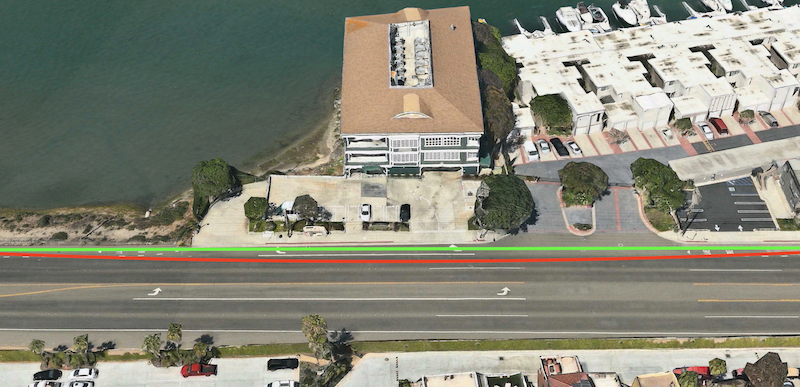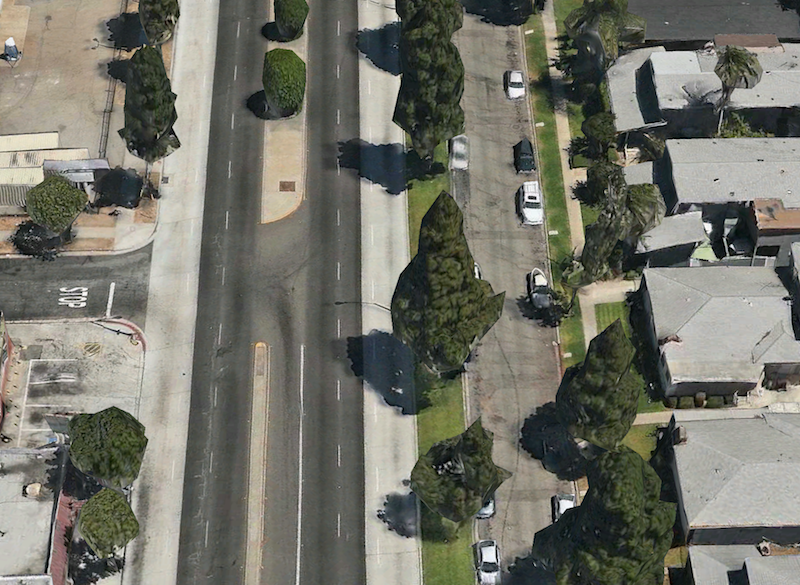Our Traffic Laws Are Not Designed for Bikes
Our streets are often not designed for bikes either. Traffic engineers design right and left turn lanes to allow turning vehicles to queue and wait for breaks in conflicting traffic without impacting traffic. After discussing left turns in my last article, let's look at right turns. The configuration in the picture below is common.

The bike lanes end to make room for right turn lanes and restart after the intersection. Ironically the intersection is where cyclists need good bike infrastructure the most. However, we can improve the situation for cyclists without rebuilding every intersection by allowing bicycles to travel straight through right then lanes. Currently bicycles are required to merge into the straight lane, where traffic is often traveling much faster than the bicycle can, and then merge back into the bike lane. This endangers cyclists and places the responsibility on them for traveling straight. Instead, the responsibility should be on right turning vehicles to safely merge into the turn lane. Many cyclists currently ride this way because of the safety benefits. However, this behavior is illegal according to California MVC 21461.
Similarly we should allow cities to allow bikes to travel against the flow of traffic on certain one-lane, one-way streets. This is common practice across Europe because these streets often provide a safe alternative to faster streets. For example Crenshaw Boulevard (and many other streets) features a residential side street seperated from the main street by a median. However, this side street which is much safer for cycling is one-way as it primarly provides parking and access to driveways. This means cyclists who go with the direction of one-way traffic in the morning have to travel down the dangerous main street to get home. Allowing contraflow bike traffic would alleviate this dangerous situation. Of course this configuration is not right for all streets so the decision should be up to cities on where to implement contraflow bike traffic. Currently cities who wish to allow contraflow bike traffic must construct specific contraflow bike lanes which can be expensive and are often impossible because of space restrictions that lead to the one-way configuration in the first place.

Reply to this article.